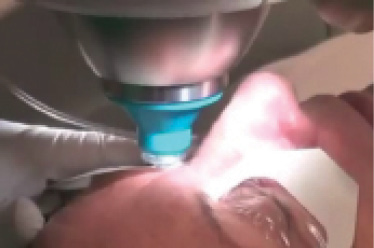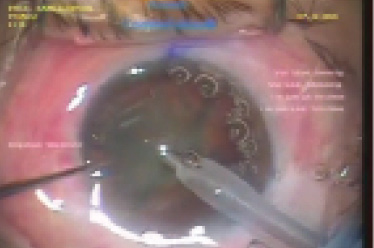
While reading through the articles in this month’s issue, it dawned on me again, as it has many times before: Ophthalmologists have a wealth of surgical procedures, complications management strategies, and innovations to be proud of. Luckily for us, we have various avenues to share our pride publicly—my favorite being Eyetube.
In the past 30 years since I entered medical training, much has obviously changed, from the procedures we perform, to the patient personalities we treat, to the ways we run our businesses. What has also changed is the ways in which we stay informed about these changes. In years past, it was word of mouth and face-to-face interactions that brought us updates. Today, with the added convenience of our smartphones and other handheld devices, we are kept abreast of the latest surgical techniques and pearls from around the world in a digital format.
I remember vividly a conversation I had with David Cox, president and cofounder of Bryn Mawr Communications, about 20 years ago in New York City. We were discussing the potential of an online video resource for ophthalmologists. Neither of us thought much of the conversation at the time, but today we all know how much Eyetube and other video resources have changed the ways we practice medicine.
Eyetube is a perfect adjunct to the other educational resources we continue to use daily. I typically browse the website while I read an article or a meeting program as a means of adding a visual element to whatever new concept I am reading about. I have also logged onto the website just prior to entering the operating room in which a tough or unusual case is waiting for me. In an instant, I can virtually consult—so to speak—with a colleague who has performed a similar case.
I can also use Eyetube to compare my surgical experiences with those of others. For instance, in this month’s cover focus, I particularly enjoyed the article by Ashvin Agarwal, MS, and Amar Agarwal, MS, FRCS, FRCOphth, on laser-assisted cataract surgery in eyes with shallow anterior chambers. As they reported, in eyes with very high hyperopia and intumescent cataract—eyes in which the anterior chamber depth can be even less than 2 mm—use of a laser-assisted capsulotomy technique reduced the time that a capsulotomy needle or capsulorrhexis forceps was placed inside the anterior chamber.
I remember a similar case, which I posted on Eyetube in 2013 (http://eyetu.be/dehir): A 40-year-old woman who experienced a perforating injury to her eye about 35 years earlier presented for cataract surgery. She also had traumatic zonulysis, iris coloboma, and significant capsular fibrosis near the area where the perforating object entered the anterior capsule. In this case, I was skeptical about creating a manual capsulorrhexis, for fear that the rhexis would stop or tear at the area of capsular fibrosis. With the femtosecond laser, however, the capsulotomy was a piece of cake, and I was able to finish the procedure efficiently. I also chose to use a capsular tension ring to protect the longevity of the capsule that now had a posterior chamber IOL in the area where the traumatic zonulysis had taken place.
Eyetube is more than just a video resource—it is a conversation starter. The night before writing this editorial, for instance, I shared our technique of combining femtosecond and nanosecond lasers with my friend George H.H. Beiko, BM, BCh, FRCS(C). Over dinner in Athens, the host city for the winter European Society of Cataract and Refractive Surgery (ESCRS) meeting, I pulled out my smartphone and showed him the video: http://eyetu.be/dodiq.
I want to thank those who have posted videos to Eyetube for their generous contributions throughout the years. Collectively, this video library can help all of us brush up on our surgical skills, find out about new techniques, and glean how any one of the latest innovative products works. Webcasts, symposia, and roundtable discussions housed on Eyetube are invaluable media for education and also for connecting with our colleagues. I urge these contributors, and hopefully new posters too, to keep up their scientific generosity, as it surely benefits us ophthalmologists and, in turn, our patients.
A. John Kanellopoulos, MD
Associate Chief Medical Editor


